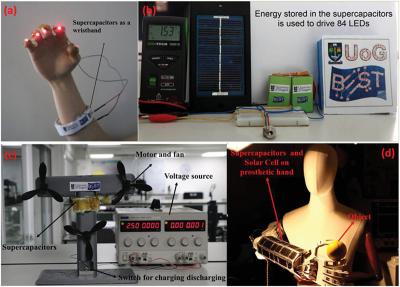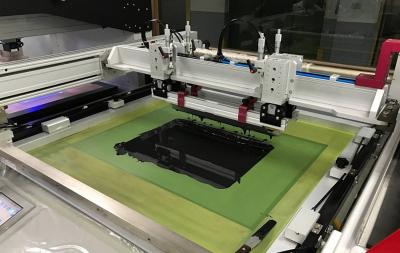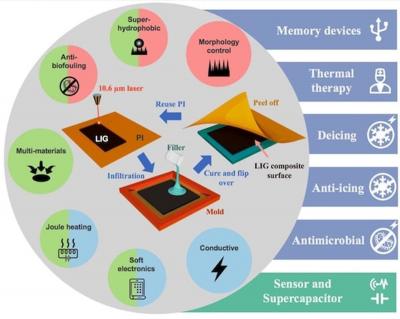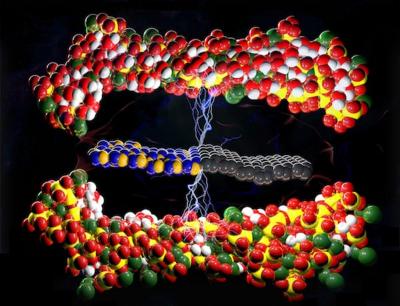
by MBF Admin | Feb 18, 2019 | 2D materials, Aerospace, AGM, Angstron Materials, Audio, Development, Graphene applications, Graphene Solar, Investment, Products, Research, Supercapacitors, Technical / Research
Researchers at the University of Glasgow in Scotland have developed an electronic “skin” that can generate and store electricity for prosthetic devices.The technology consists of layers of a finely tuned graphite-polyurethane composite covered by graphene. The team...

by MBF Admin | Feb 13, 2019 | 2D materials, Aerospace, AGM, Angstron Materials, Audio, Development, Graphene applications, Graphene Ink, Haydale, Investment, Products, Research, Technical / Research, Textiles
Haydale is working alongside Swansea University, GTS Flexibles, Alliance Labels, Tectonic International, ScreenTec, Alliance Labels, Malvern Panalytical and the English Institute of Sport on a Welsh Government SMART Expertise program.The program, funded by the Welsh...

by MBF Admin | Feb 13, 2019 | 2D materials, Aerospace, AGM, Angstron Materials, Audio, Development, Electronics, Graphene applications, Graphene composites, Investment, Medicine, Products, Research, Rice University, Technical / Research
The labs of Rice University chemist James Tour and Christopher Arnusch, a professor at Ben-Gurion University of the Negev in Israel, introduced a batch of graphene-enhanced composites that can be a step towards more robust packages.By infusing laser-induced graphene...
by MBF Admin | Feb 12, 2019 | 2D materials, Aerospace, AGM, Angstron Materials, Audio, Development, Graphene applications, Graphene water treatment, Investment, NGI, Products, Research, Technical / Research, University of Manchester
LifeSaver, a UK-based manufacturer of portable and reusable water filtration systems, has announced an exclusive contract with the National Graphene Institute (NGI) at The University of Manchester.The 18-month research project will focus on developing graphene...

by MBF Admin | Feb 10, 2019 | 2D materials, Aerospace, AGM, Angstron Materials, Audio, Boron Nitride, Development, Displays, Graphene applications, Graphene Quantum Dots, Investment, Medicine, Products, Research, Technical / Research, Transistors, Ulsan
A new study led by the Ulsan National Institute of Science and Technology in South Korea reveals a technology capable of fabricating highly ordered arrays of graphene quantum dots. Graphene quantum dots of various sizes in a stable, ordered arrayThe research team...

by MBF Admin | Feb 6, 2019 | 2D materials, Aerospace, AGM, Angstron Materials, Audio, Boron Nitride, Construction materials, Development, Graphene applications, Graphene composites, Investment, Products, Research, Rice University, Technical / Research
Rice University and Iran University of Science and Technology researchers have found a unique ceramic material that could act as a sensor for structures.The ceramic becomes more electrically conductive under elastic strain and less conductive under plastic strain, and...






